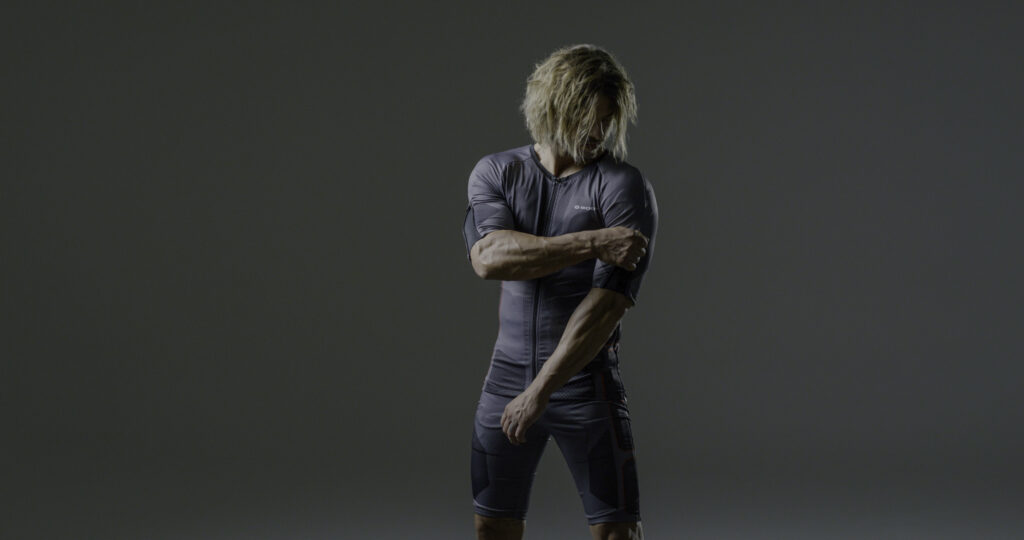EMS (Electrical Muscle Stimulation) training has gained popularity for its ability to deliver efficient and effective workouts. Traditionally, EMS Training has usually been delivered with a suit that has to be wet down with water. The water enables the electrical stimulation to conduct effectively from the electrodes to the skin and muscles. In more recent years, there have been significant advancements with “dry” EMS training technology and using suits that don’t need wetting down. In this article we will help you understand the difference between wet vs dry EMS training and which one is better suited for you.
One significant decision an investor needs to make is to choose between wet and dry EMS suits. Each approach has its pros and cons, and understanding them can help you make an informed decision for your business model. Matt George, Managing Director of XBody Australia discusses the importance of choosing the right EMS training suit for you and your clients.
EMS training suits are a combination of a close fitting top and bottom (usually a vest and pair of shorts), made from breathable and flexible material. These are embedded with strategically placed electrodes which connect to a central control unit typically worn attached to your hip. This little unit is the powerhouse of EMS technology, acting as the control point for the electrical stimulation signals.
Xbody Australia is home to a huge range of EMS training suits, including our premier, all-in-one waterless training suit: The DrySuit.

The latest innovation in the EMS training community, dry EMS training suits use advanced electrode materials that don’t require water for conductivity. Typically, your sweat acts as enough of a conductor with this new technology.
Known as the original EMS training suit, wet EMS suits require you to dampen them before wearing. The water acts as a conductor, helping electrical impulses reach your muscles more effectively.
When deciding between wet and dry suits for EMS training, consider your priorities, preferences, and training goals:
Consider who are your target audience:
Most of the population prefer dry systems for convenience and a better overall stimulation. However, a small percentage the population (often over 70s) that cannot generate the body heat or moisture, may prefer a wet system (ie. in more clinical or rehabilitation sessions).
Consider if cost is a significant factor:
Dry EMS Suits can be more expensive than Wet EMS Suits. If you are concerned that this cost may be a barrier to entry for some clients, then you may be best to choose a wet system.
Ultimately, both wet and dry EMS suits have their merits, and the choice depends on individual preferences. For more information on EMS training in Australia and what approach is right for you, click here.
Alternatively, you can contact the EMS experts here at XBody for more information and to learn about the range of XBody systems available in Australia and New Zealand.